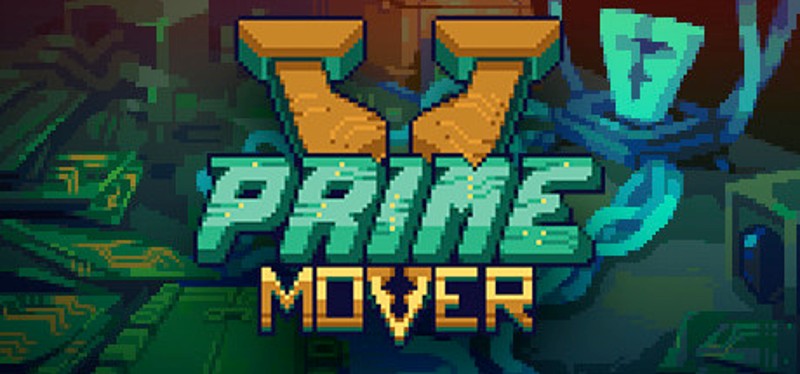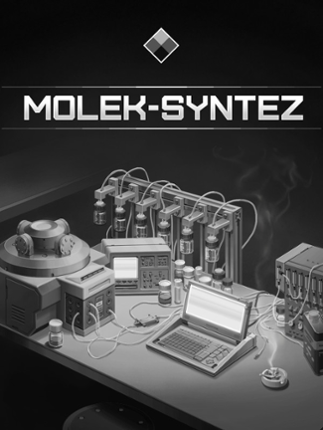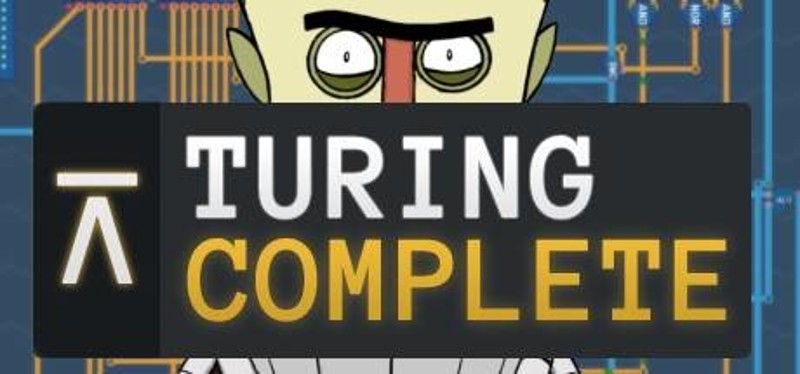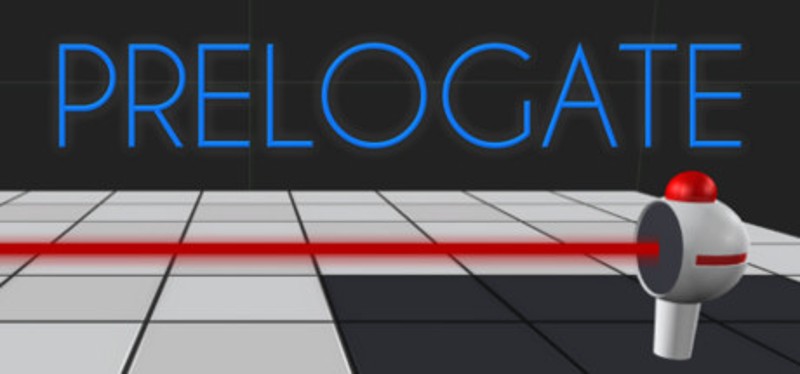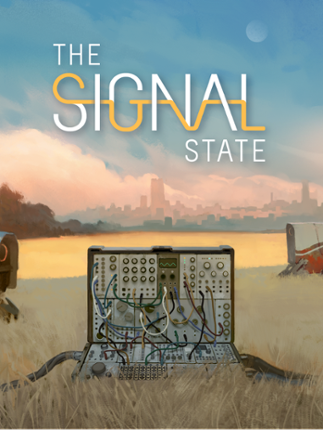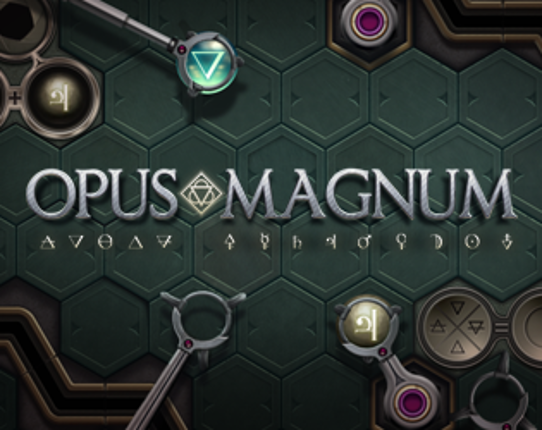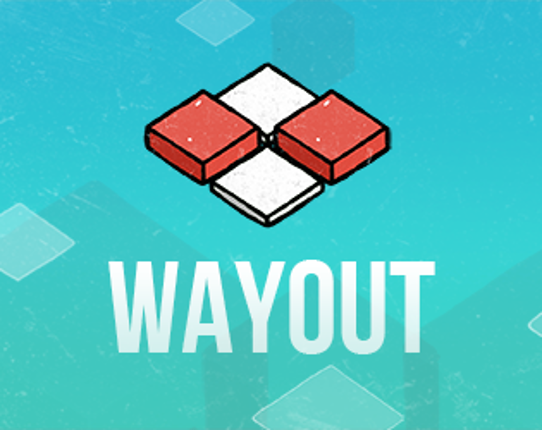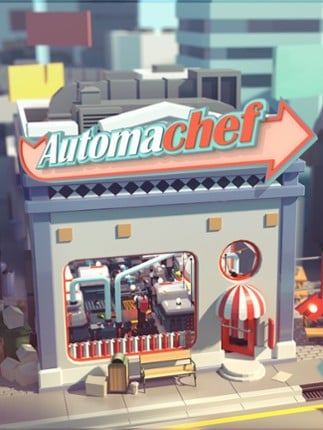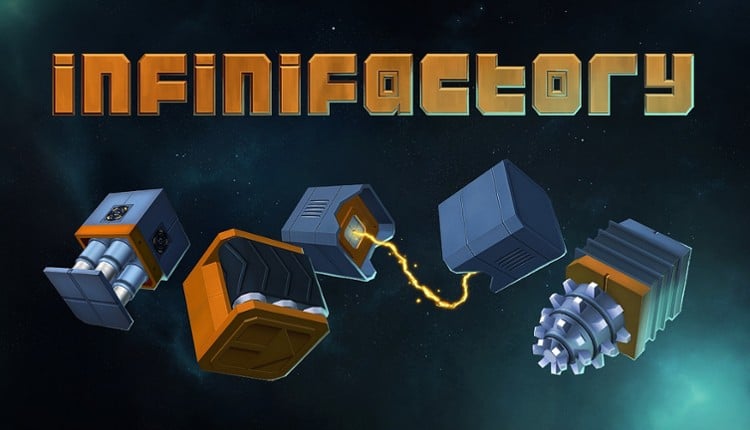- September 21, 2018
- UP Development
OCTOPTICOM
Platforms
About
"Octoptocom" is an open-ended puzzle programming game that challenges players to design and optimize optical computing devices using lasers, mirrors, filters, and other components. Players must read, transform, and write sequences of colored squares to solve over 40 levels of light puzzles, with a focus on finding compact and efficient solutions. The game requires no knowledge of assembly code, making it accessible to a wide range of players.
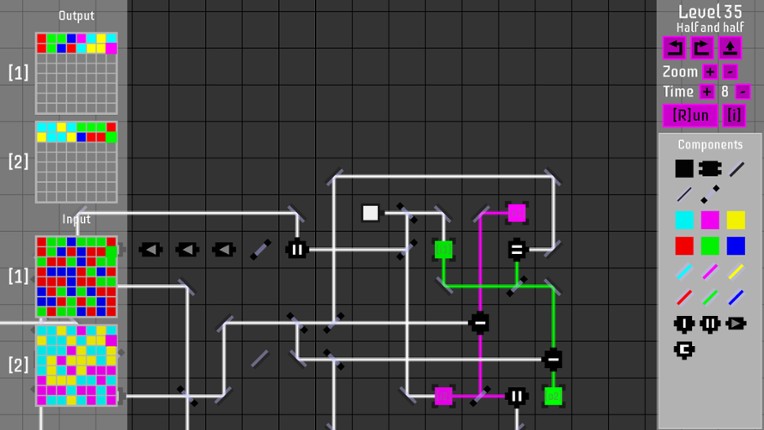
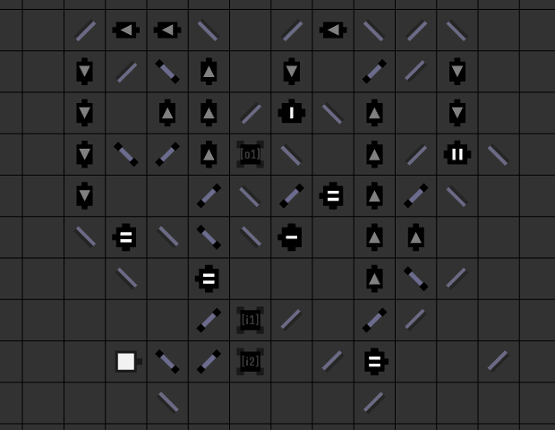
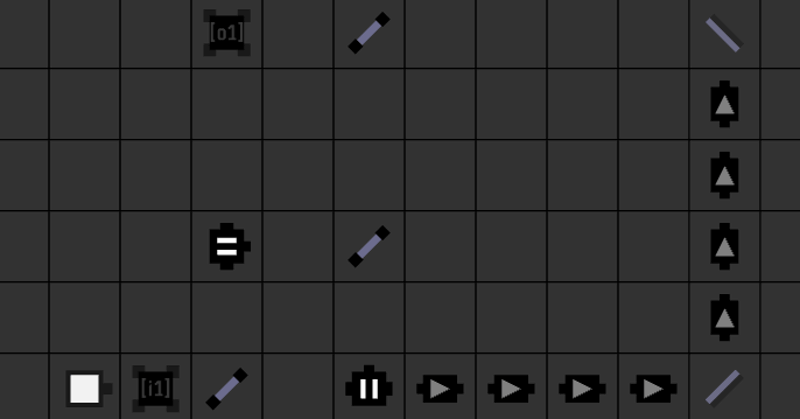

- Engaging and satisfying puzzle mechanics that challenge players to think creatively with light and color.
- Offers a good entry point for fans of Zachtronics-style games, with a gentle difficulty curve and rewarding problem-solving.
- The game is educational, teaching basic principles of optics and logic in a fun and interactive way.
- User interface and controls are clunky and unpolished, leading to a frustrating experience at times.
- The game suffers from technical issues, including bugs and crashes, which can disrupt gameplay.
- Some puzzles are poorly explained, making it difficult for players to understand the objectives and mechanics.
optimization
20 mentions Positive Neutral NegativeThe game's optimization aspect is a mixed bag; while optional challenges provide a significant and engaging portion of gameplay, they lack clear indicators for completion and are only visible at the end of each level. Players report frustrating performance issues, including frequent freezes during object placement, which detracts from the overall experience. Despite these drawbacks, the game offers a stimulating brain workout through its open-ended logic and programming puzzles.
“It's an open-ended logic/programming/optimization puzzle game that will really give your brain a workout.”
“Optional optimization challenges are more demanding and account for more than half of my playtime.”
“On top of that, most levels come with an optimization challenge.”
“Pretty awful performance, freezes every time I want to place an object or move it from place.”
“There is no easy way to tell which levels have optimization challenges and whether they are completed or not.”
“Optimization challenges are only shown on the final screen of a level and there is also no indicator whether you've completed them outside of said final screen.”
